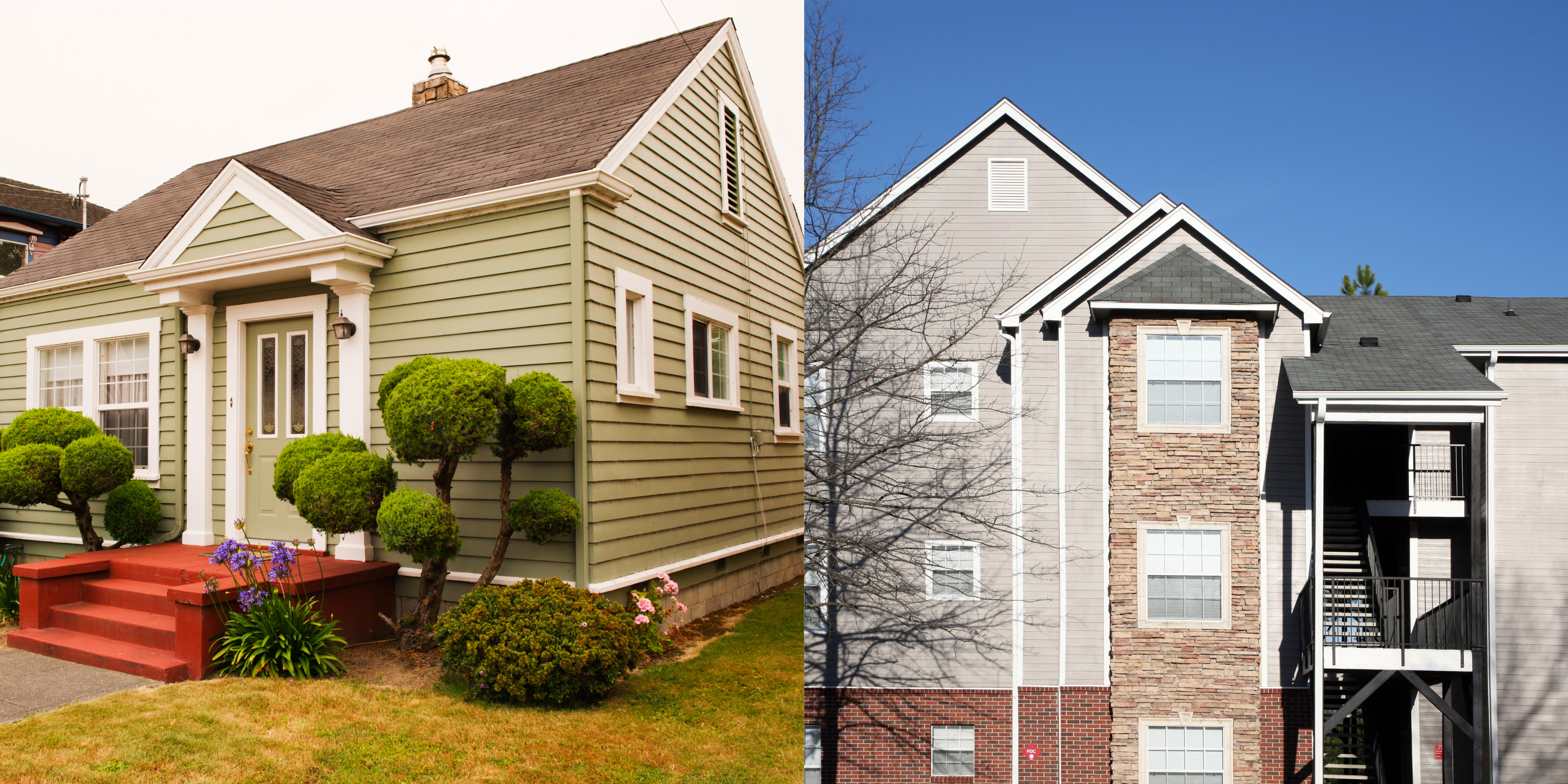Lower-waged job growth, the end of “bargain” rents, and build-to-rent single family homes could have a big impact.
Let’s talk about 2022. Apartment demand has soared the past year and is still flourishing. But RealPage chief economist Greg Willett points to several factors that could cool apartment performance next year.
RealPage analysts are anticipating that near-term demand for US apartments will remain well above the historical norm. However, it seems likely that the product absorption volume will ease to some degree from 2021’s high level. Several factors point in that direction.
First, most economists expect that many of the country’s near-term job additions will occur in industries where wages tend to be low or moderate. That growth pattern runs counter to what was seen over the past year or so, as recovery from Spring 2020’s mass layoffs registered more quickly in high-paying industry segments like professional services and the tech sector.
The addition of lower-paying jobs doesn’t fuel new household formation to the degree seen when expansion is led by the creation of jobs that pay well.
Second, with bargain rents now mostly in the rearview mirror in gateway metros, the demand comeback in these areas could slow. The youngest renters have played an especially big role in apartment leasing activity in gateway metros during 2021, with reduced prices spurring demand from households who previously couldn’t afford living in these locations unless they teamed up into multiple roommate households.
At this point, rents are roughly at or meaningfully above pre-pandemic prices everywhere except the San Francisco Bay Area.
Third, build-to-rent single-family homes could drain off some demand from apartments in the Sun Belt. While build-to-rent single-family home subdivisions form only a very small portion of the total rental stock now, quite a few of these communities are under construction now, mostly in Sun Belt locations where exurban land prices are low enough to make this product work financially.
“We’ll have to wait and see how demand sources for this line of product are split among those who previously rented apartments, those who previously rented older single-family product from mostly mom-and-pop landlords, and those who are downsizing from larger single-family homes that they owned,” Willett writes.
Zonda: Five Markets Most Likely to Overheat
Willett is not the only expert looking at when the apartment markets could start to cool. In September, Kimberly Byrum, Principal-Multifamily, Zonda Advisory, suggested that Phoenix, Raleigh-Durham, Las Vegas, Tampa and Denver are to be considered the most likely apartment markets to overheat in the coming months.
She said then that high occupancy is driving unprecedented rent growth in asking rents, primarily on new lease activity.
“Will it hold?” Byrum said. “Let’s see how many leases are being signed at these rates?”
Source: Globe St.


 On April 4, 2016 the U.S. Department of Housing and Urban Development (HUD) dropped a bombshell on owners and managers of residential rental properties in the U.S.
On April 4, 2016 the U.S. Department of Housing and Urban Development (HUD) dropped a bombshell on owners and managers of residential rental properties in the U.S.

 Crawl spaces are great for storage, but because humans don’t frequent this area of the house, they can also provide a great home for rodents, mold, asbestos, and other fun things. Conducting a DIY inspection of your rental property crawl space can be a good way to keep tabs on the area, but bringing in a pro will give you the full picture.
Crawl spaces are great for storage, but because humans don’t frequent this area of the house, they can also provide a great home for rodents, mold, asbestos, and other fun things. Conducting a DIY inspection of your rental property crawl space can be a good way to keep tabs on the area, but bringing in a pro will give you the full picture.






 Jen and Stacy Conkey have a combined 20+ years as entrepreneurs and real estate investors. Through their diverse real estate experiences, Jen and Stacy Conkey know what it takes to identify deals and make offers on properties that will build a long-lasting wealth portfolio. With over a decade of experience sharing knowledge with other investors, Jen and Stacy have taught thousands of people across the globe on what it takes to succeed in real estate investing, with actionable strategies that make cashflow real estate fun and easy.
Jen and Stacy Conkey have a combined 20+ years as entrepreneurs and real estate investors. Through their diverse real estate experiences, Jen and Stacy Conkey know what it takes to identify deals and make offers on properties that will build a long-lasting wealth portfolio. With over a decade of experience sharing knowledge with other investors, Jen and Stacy have taught thousands of people across the globe on what it takes to succeed in real estate investing, with actionable strategies that make cashflow real estate fun and easy.



